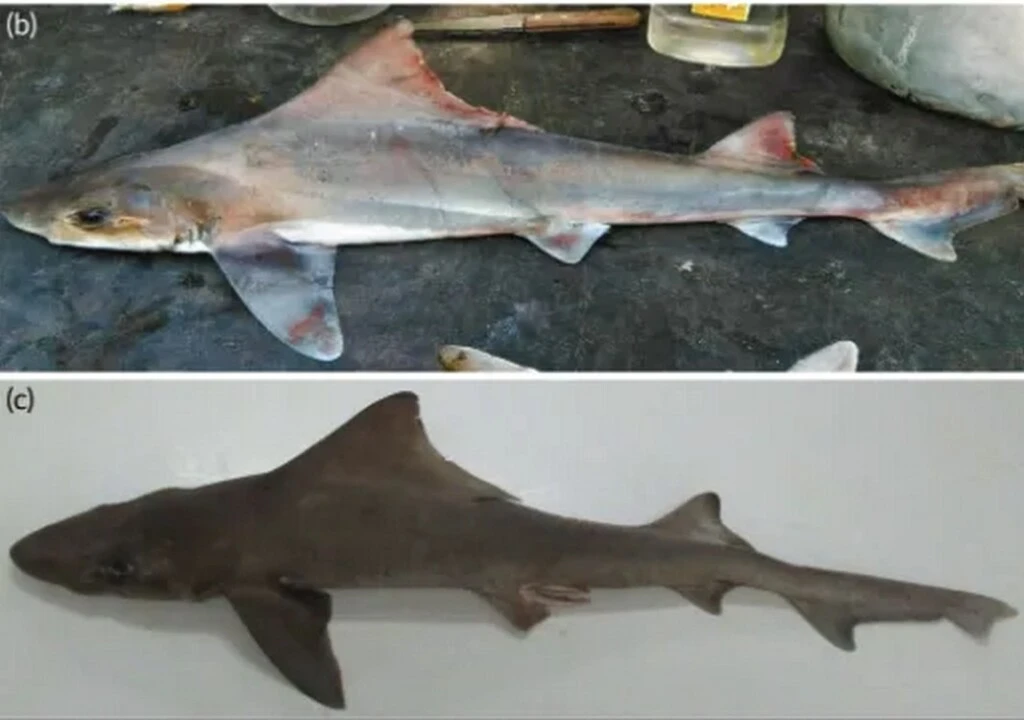Every once in a while, the ocean reveals a mystery we thought was lost forever. That’s exactly what happened when scientists confirmed the rediscovery of the sailback houndshark, a bizarre-looking species not seen for half a century.
Originally caught by fishermen in 1970, the shark was so unusual that experts classified it as a new genus. But after that, it disappeared—until now.
Rediscovery in Astrolabe Bay
In recent years, a group of fishers in Papua New Guinea reported catching five of the rare sharks while scientists were conducting research for the country’s National Plan of Action on Sharks and Rays.
The animals were caught accidentally at the mouth of a river draining into Astrolabe Bay. Because the meat isn’t highly valued locally, they were sold as secondary catch rather than targeted for food.
Two years later, another specimen was captured—this time the first male sailback houndshark ever recorded.
What Makes the Sailback Houndshark Unique
A new scientific paper in the Journal of Fish Biology describes both a male and female of the species. True to its name, the shark sports a dramatically elongated dorsal fin that resembles the sail of a yacht.
Despite its intimidating look, the shark has a large head but small mouth, making it more curious predator than apex hunter. Fortunately, its fins are not valued on the Asian shark fin market, giving it some protection from large-scale fishing.
A Rare Evolutionary Lineage
According to study author Jack Sagumai of WWF Pacific, much remains unknown about the shark’s biology, ecology, and population numbers.
The species belongs to the houndshark family (Triakidae), which contains about 40 species across nine genera. But the sailback houndshark represents a unique evolutionary lineage, making it an important marine biodiversity “icon” for Papua New Guinea.
Researchers suspect the shark could be microendemic—found only in this one part of the world. If so, even minor changes in its ecosystem could put its survival at risk.
Toward Protection and Conservation
Papua New Guinea is already home to several shark species that exist nowhere else on Earth, and scientists believe the sailback houndshark may be another of these rare populations.
For now, researchers are urging caution.
“Monitoring and management options are currently being initiated as a precautionary approach to conserve this unique and rare species of shark,” the authors concluded.
A Living Oceanic Wonder
From being a “lost” species for 50 years to becoming a potential flagship for conservation, the sailback houndshark is a reminder of how much of the ocean remains a mystery.
Its rediscovery is more than a scientific milestone—it’s a chance to protect a one-of-a-kind animal before it slips away again.
